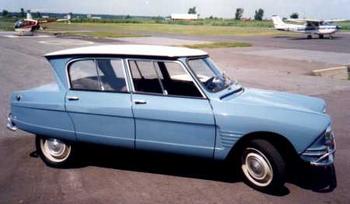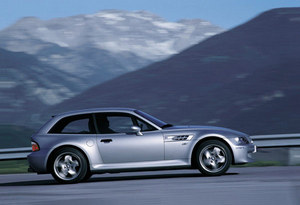Or in 40 years?
Over the past year I’ve become increasingly interested in "cradle to cradle" design solutions that consider the entire lifecycle of a product, from manufacturing to marketing to use to end of use. A critical aspect of cradle to cradle design is considering how a product will age: will it get older gracefully, building a patina which enhances its value, or will it turn into a liability — the kind of thing that ends up in a dump or (heaven forbid) your front yard? I’m convinced that most designers – or at least the marketers they serve – don’t spend many brain cycles thinking about what their product will be like a month after purchase, let alone 40 years later.
A good case in point is my Sony Playstation 2 (yes, I justified it to my wife on the basis of it being a DVD player, not a videogame console). The day exterior drawings were due, some industrial designer must have had his CAD station lock up and drew the thing with a ruler instead:
It’s a great product, but all those slots and ridges in the black plastic make it a dust magnet, a real pain to keep clean. As a result, it doesn’t look Darth-Vader-cool. It just looks like dusty plastic.



